
Xiaozheng Judy Xu
Master of Applied Science in Aerospace Engineering Candidate University of Toronto Institute of Aerospace Studies - Space Flight Laboratory '2020 Olin College of Engineering - '2018

Master of Applied Science in Aerospace Engineering Candidate University of Toronto Institute of Aerospace Studies - Space Flight Laboratory '2020 Olin College of Engineering - '2018
Attitude control is essential for space missions for target pointing, ground station tracking, and power and thermal management. This project focuses on determining the attitude of a micro-satellite using IMU, magnetometer and star tracker data. The performance of the Extended Kalman Filter and a Batch Filter is compared on real and simulated data. Download the paper for details and results.
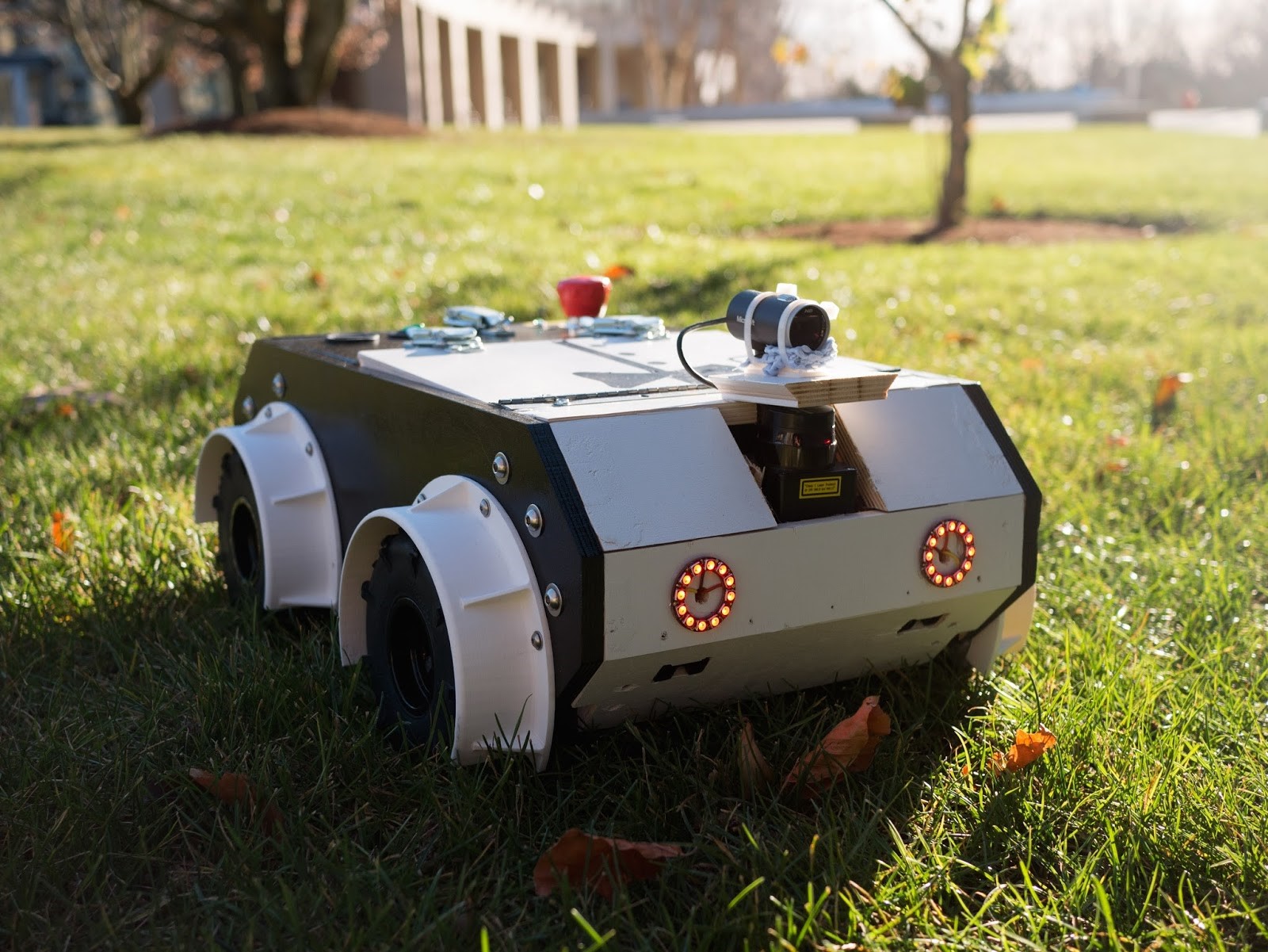
Bravobot is a small robotic race car designed to race around the Olin Oval. It uses a Lidar and a camera for most of it's navigation and also has a GPS and a Compass for long term planning. I mainly worked on the navigation code using ROS and C++. I was part of a team of 8 classmates and together we built Bravobot from scratch. Download the report for details on Bravobot's design and performance.
Interactive Calculus is an app that allows students to learn calculus intuitively by drawing functions freehand and watching their derivatives and integrals graphically. I wrote this application with 2 other teammates using python, pygame and open CV. Check out the website for more information and to download the app from github.
Pixart is a creative abstract art generator that uses graphs and randomness. Sometimes, it draws patterns that resemble the continents, and other times it creates water color like images that remind you of the fall leaves in rain. It is written in java by two other classmates and me. Go to our github repository for more information and to download the app from github.
I designed and fabricated the mechanical system of azimuth. With a mission to grab salt and butter to you on the table, azimuth has a four-bar linkage with gears grab and lift system. It is fabricated using 3D printing and laser cutting. Check out the website for videos, design details and photos for azimuth.
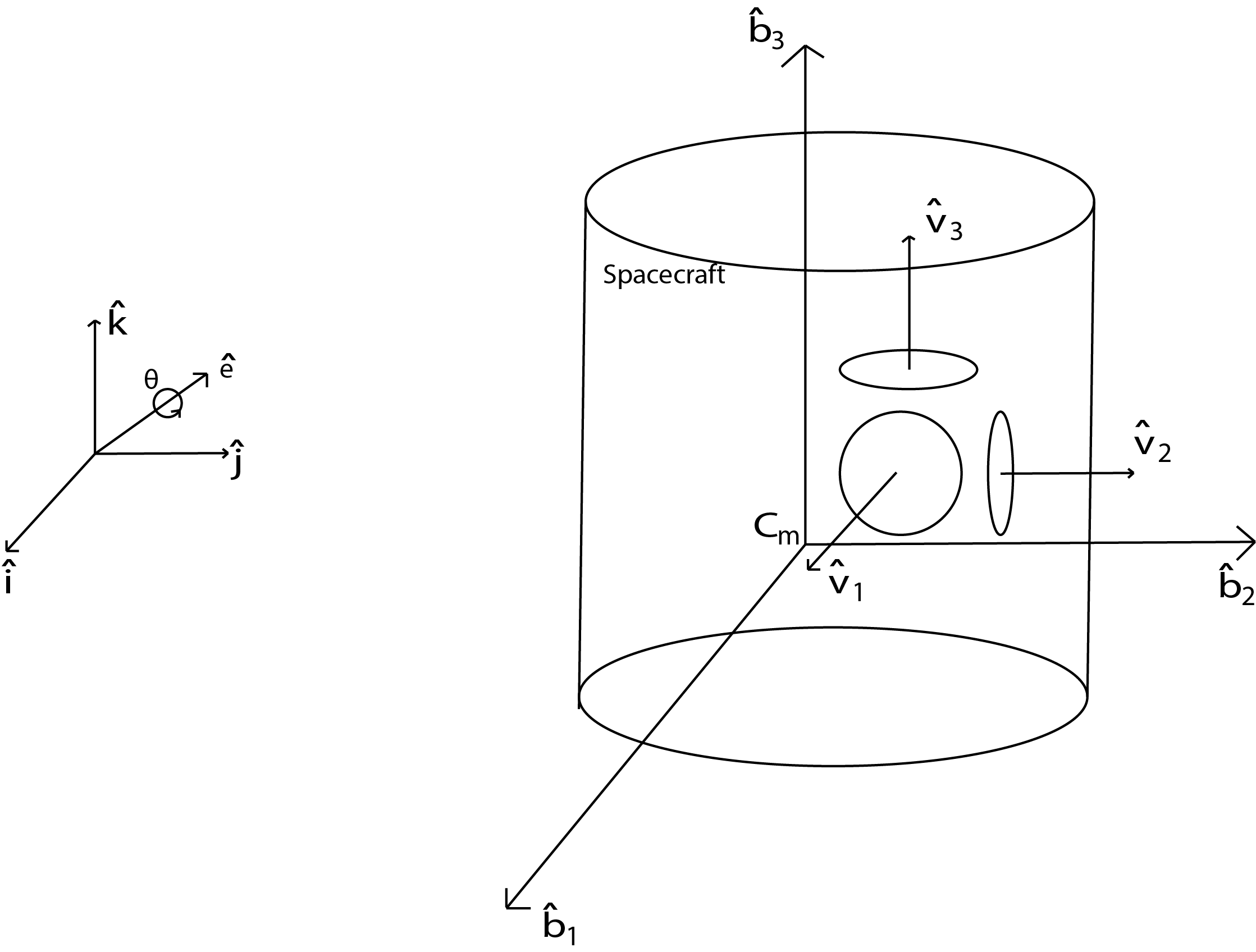
For dynamics, I investigated how to control a spacecraft's orientation using reaction wheels. To find a best control strategy, I created a simple model and used matlab and quartonians to simulate the orientation of the spacecraft. Download the report to see my results and writing.
In this project for our Controls course, we tried to control a LEGO pendulum to stay in the upright position without using any sensors! We built a proportional and integral controller circuit using op-amps. It turns out, the pendulum will stay in the vertical position if it is on the verge of instability. That is, it will find the original downwards equilibrium position to be more unstable than the upright one. Download the report for details. Here is a video of our inverted pendulum.
In this project, we tried to levitate a magnet and control it at a certain distance below a coil magnet. Although we found a theoretical way to achieve the goal, it did not work completly in real life because of many reasons. We did manage to slow the magnet's ascent when being attracted to the coil. Download the report for details.
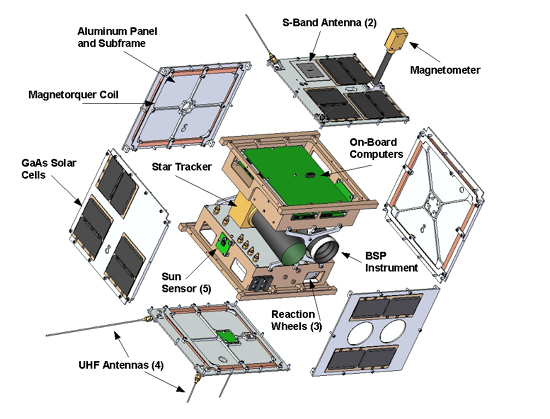
BRITE-Toronto is a nano-satellite part of the BRITE constellation to observe bright star in Low-Earth Orbit. As one of two primary operators for BRITE, I schedule images and repeated observations, recover it from faults, and monitor its telemetry. I also developped tools to automatically generate scripts to upload to the satellite.
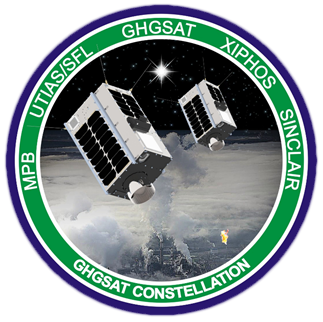
GHGSat-C1 is a micro-satellite that will image Green House gas emissions as part of the GHGSat Constellation. I developped and ran the integration functional testing before, during and after vibration and Thermal Vacuum testing. For the flight software written in C, I updated and added new log collection functions and tested the performance on the spacecraft.
Micro-satellites generate many telemetry that operators monitor and analyze to identify fault modes and anomalies, validate the results of commands and plan future commands. A comprehensive telemetry monitoring system that facilitate insertion, modification, visualization and analysis of telemetry data is therefore crucial to the operation of micro-satellites and constellations of micro-satellites. I created such a system using as backend slim framework endpoints on top of a PostgreSQL database, and as front end an Access DB interface and Grafana visualization tool. As all the telemetry data are stored in one place, multiple algorithms are tested to monitor telemetry data and detect faults, including k-Nearest-Neighbors, Decision Trees and Neural Nets.
As a Software Engineering Intern at Daydream in summer 2017, I implemented a web tool to compute metrics and visualize results of data collected from real time measurement systems. I leanred a lot about code testing, reviews and following better coding practices.
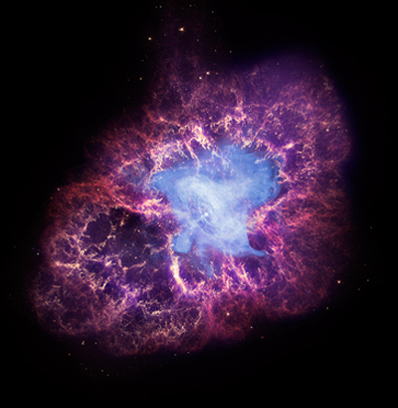
In the summer of 2016 I did astronomy research for 4 month on the emission mechanisms of the Crab Pulsar using its nebula as a galactic telescope, under the direction of Ue-Li Pen and Robert Main. I analyzed data from radio telescopes around the world using python and linux. I found that the pulses are likely emitted from regions separated more than 500km in the pulsar's magnetosphere. final presentation to look at my findings. Besides my research, I also listened to many seminars about astrophysics and space exploration in the summer and learnt a lot from them.
I have many pursuits besides engineering. I am a musician, a pilot in training, and a baker. See below for some of my pursuits:
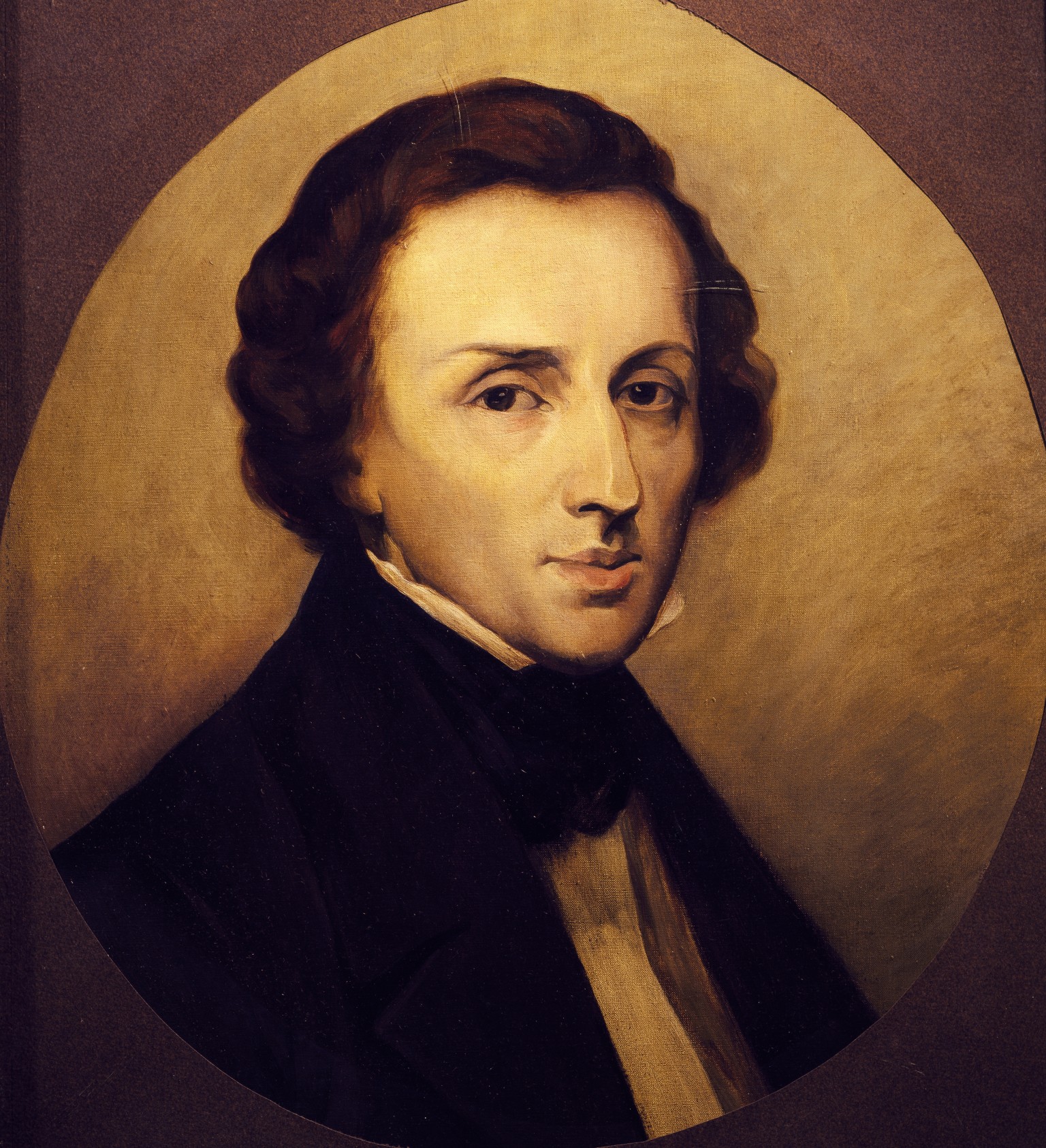
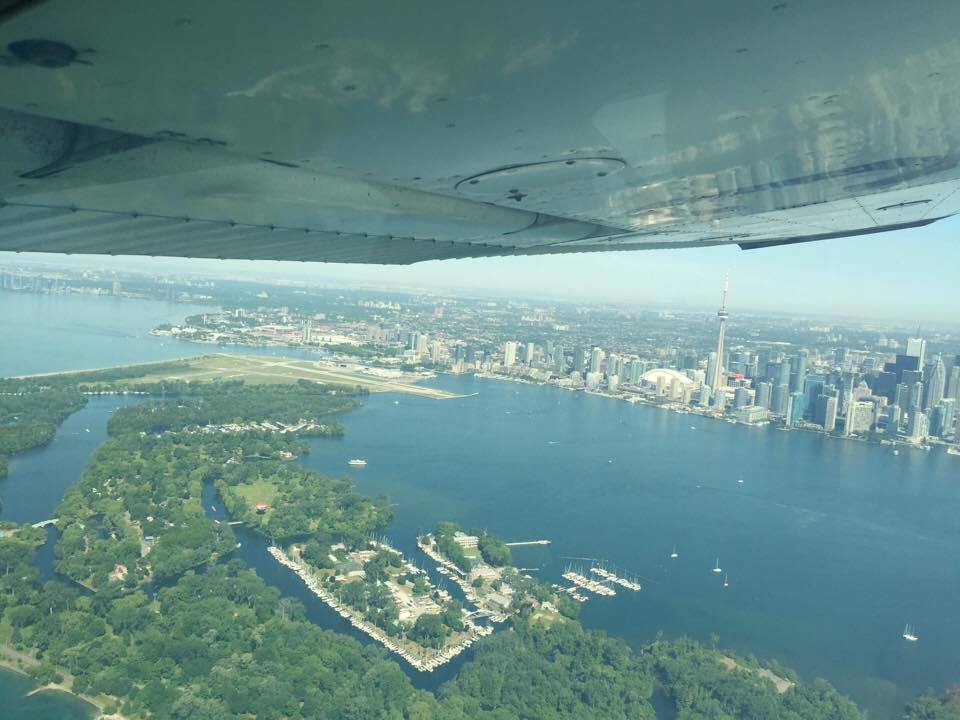
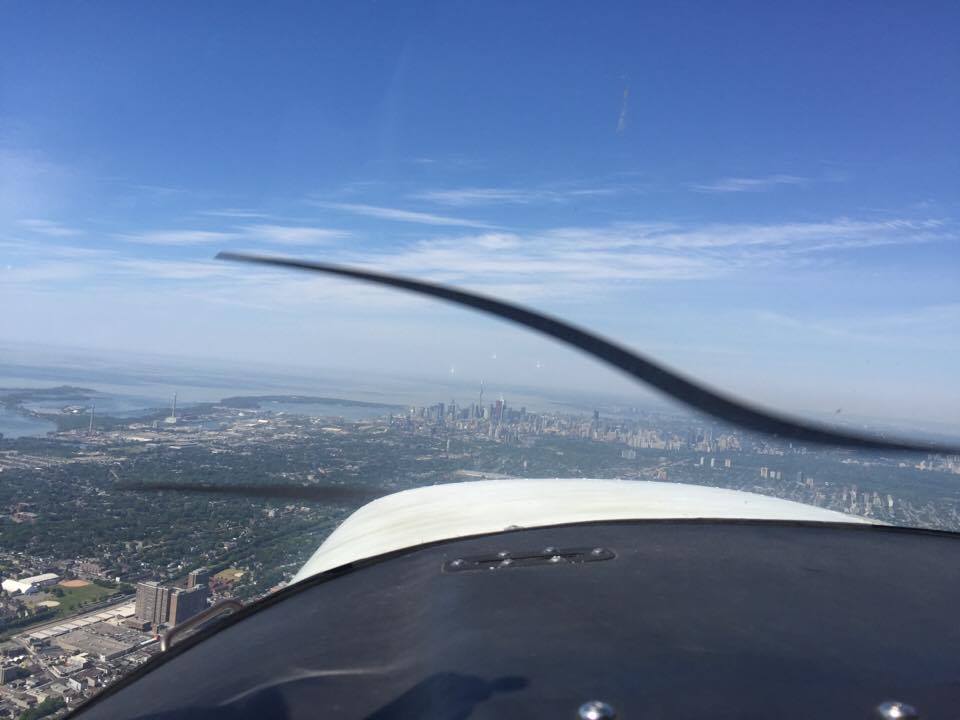
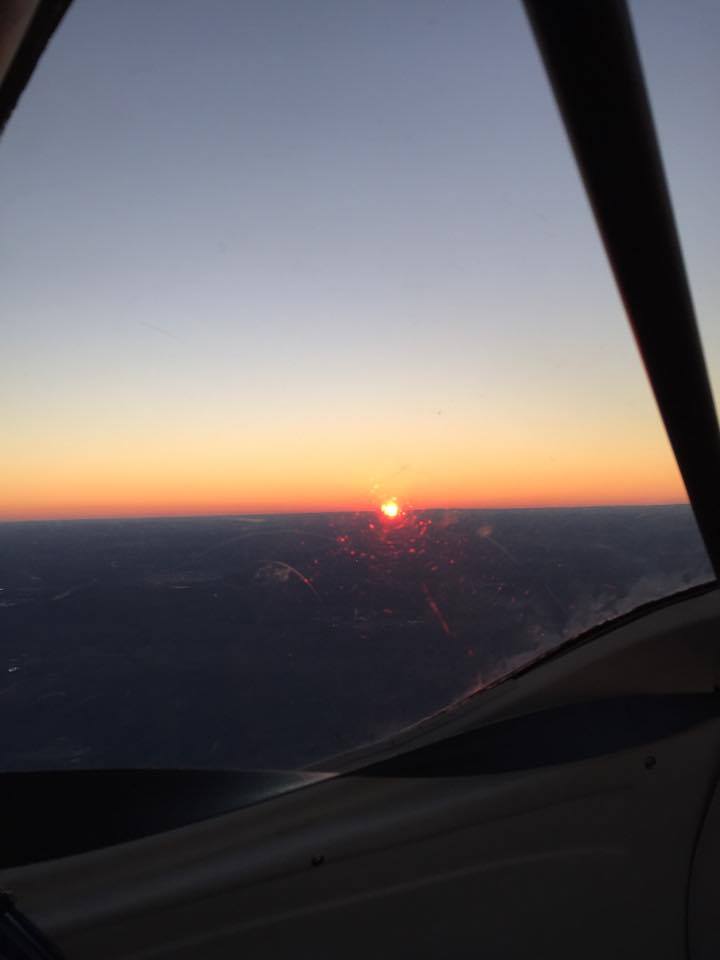
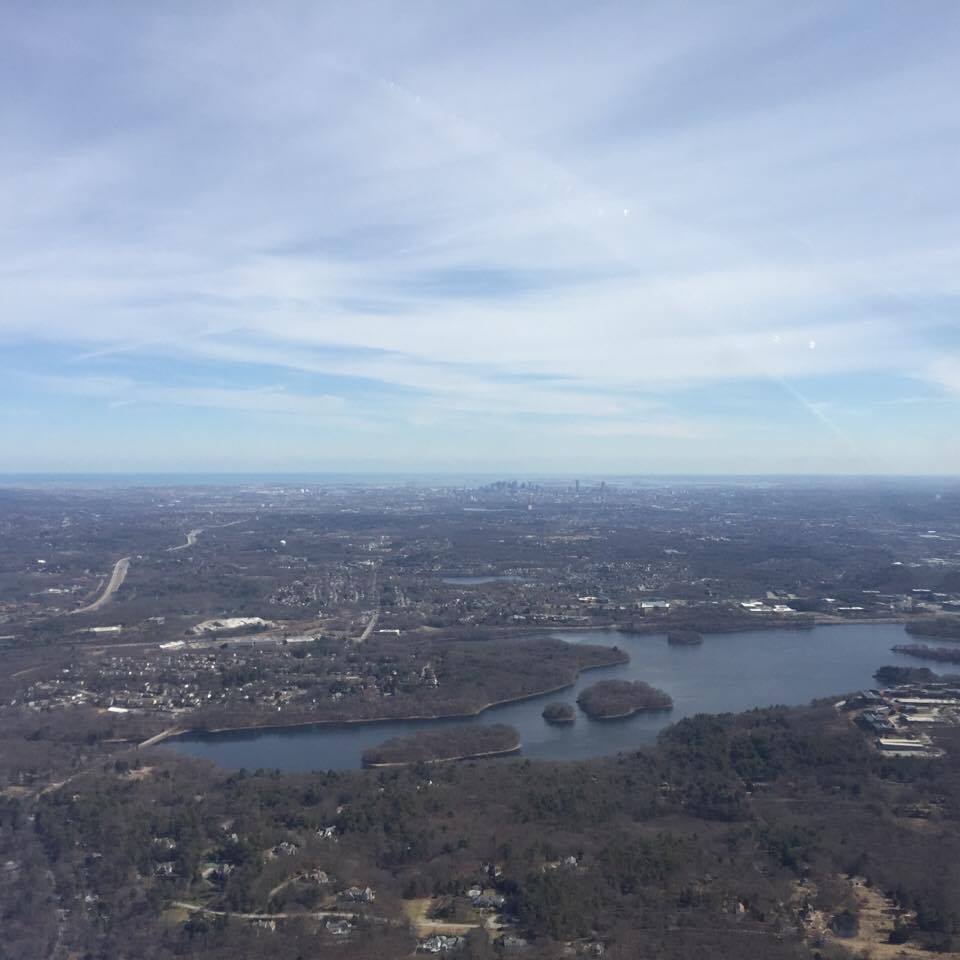
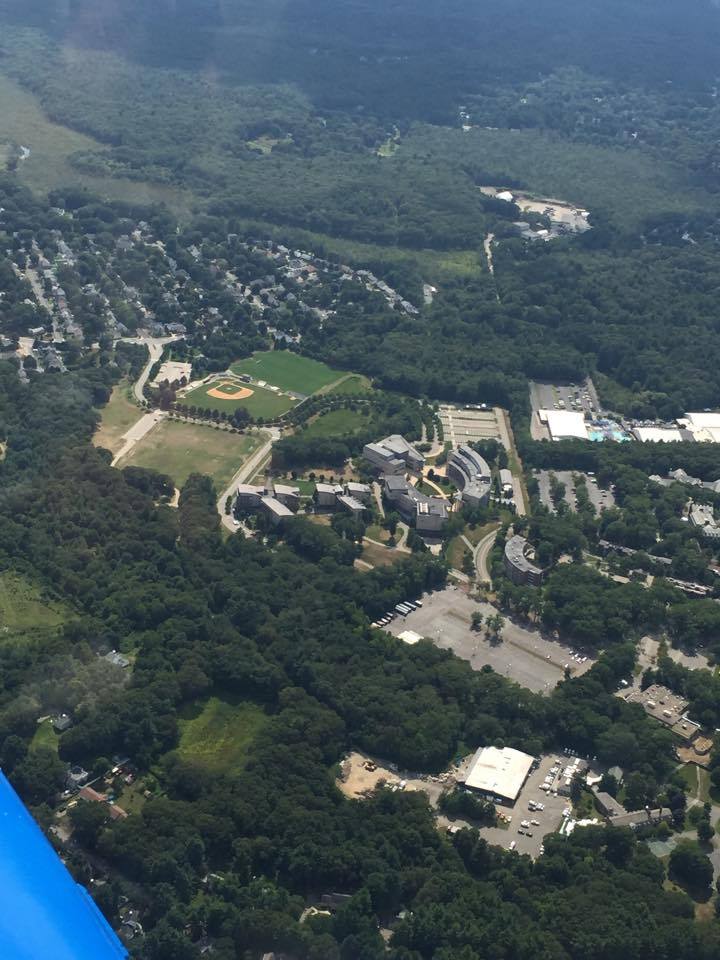
I love to eat desserts and I also love to make them! Below are some dessert's I've made:
A Chinese desserts pptx
Healthy desserts recipe collection

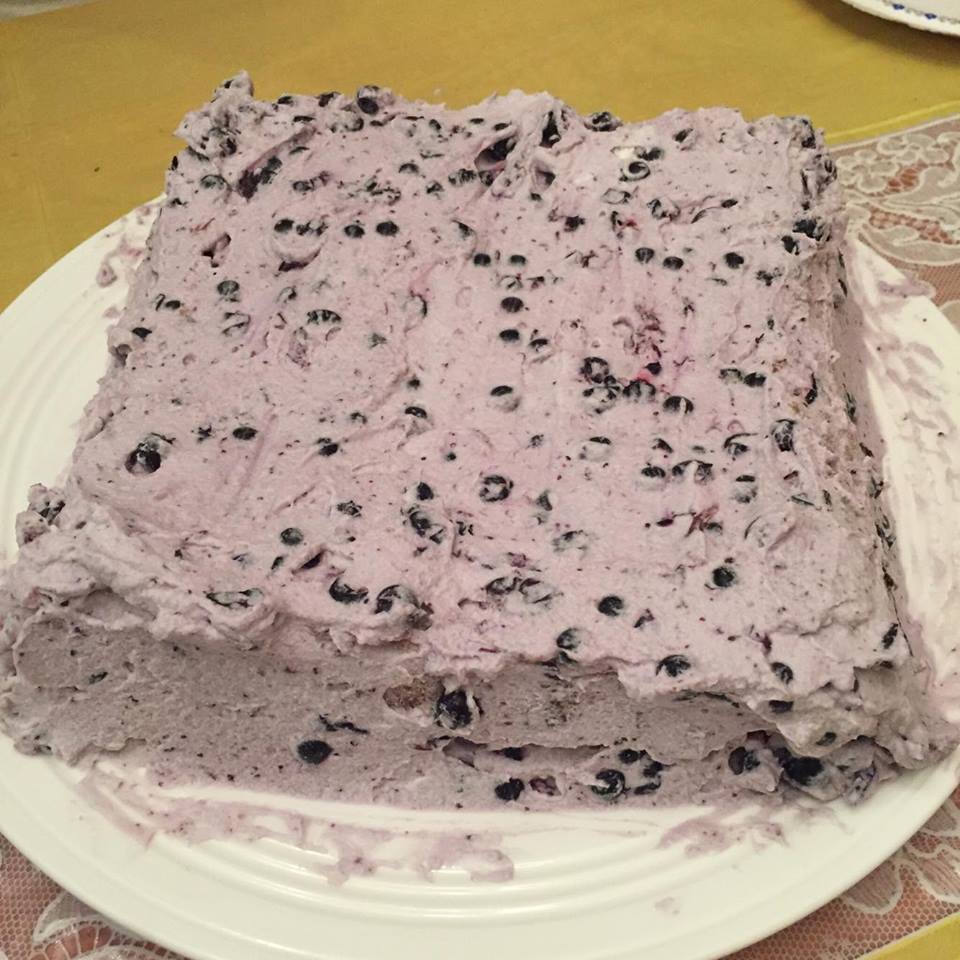
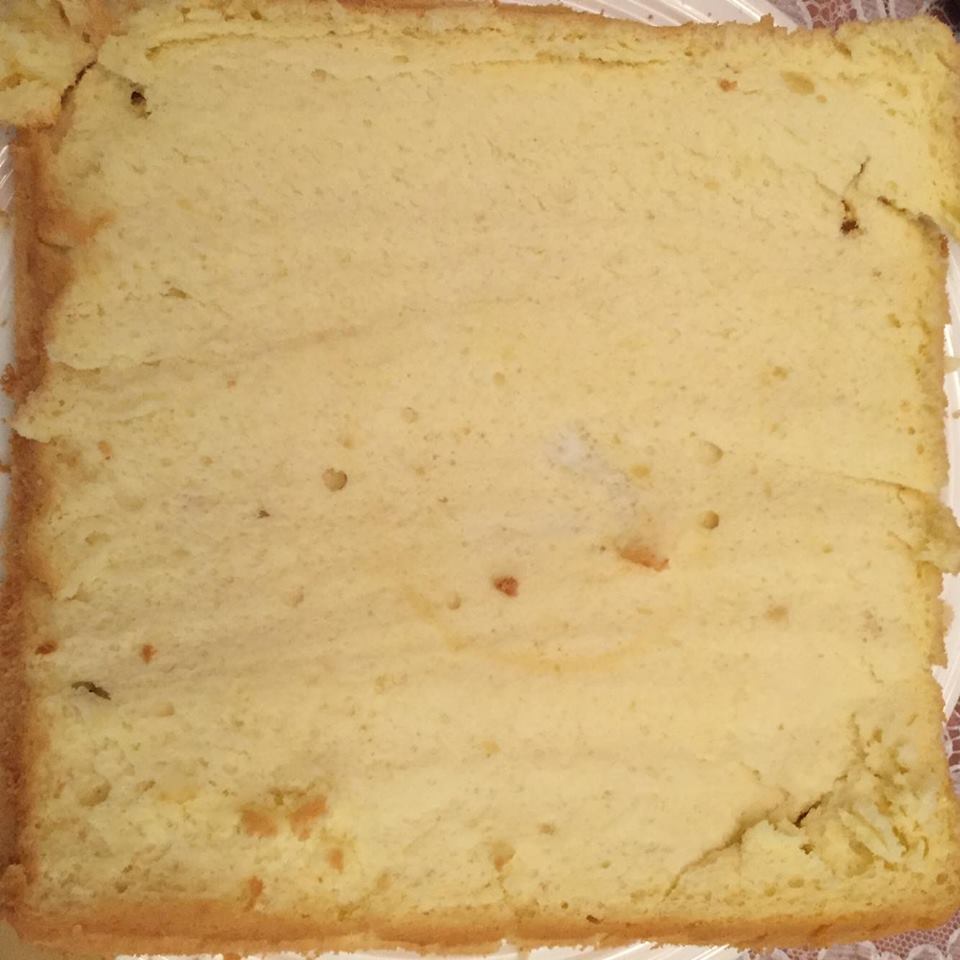
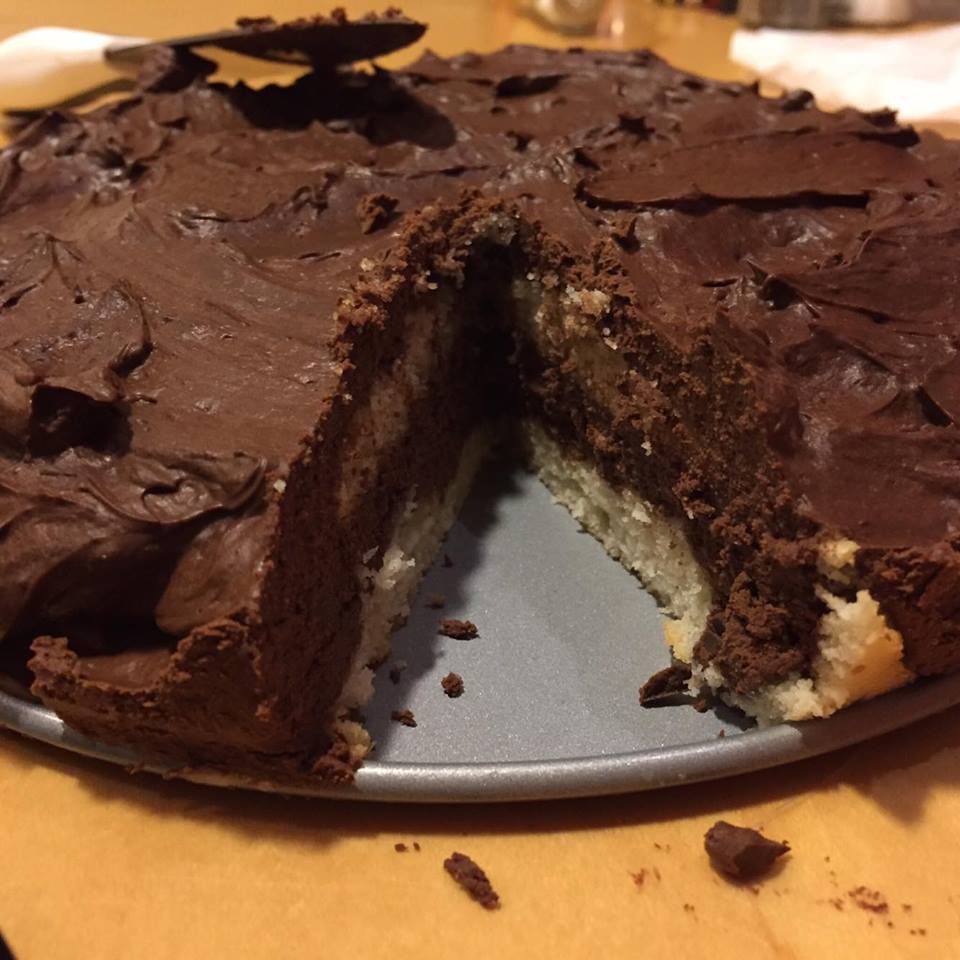
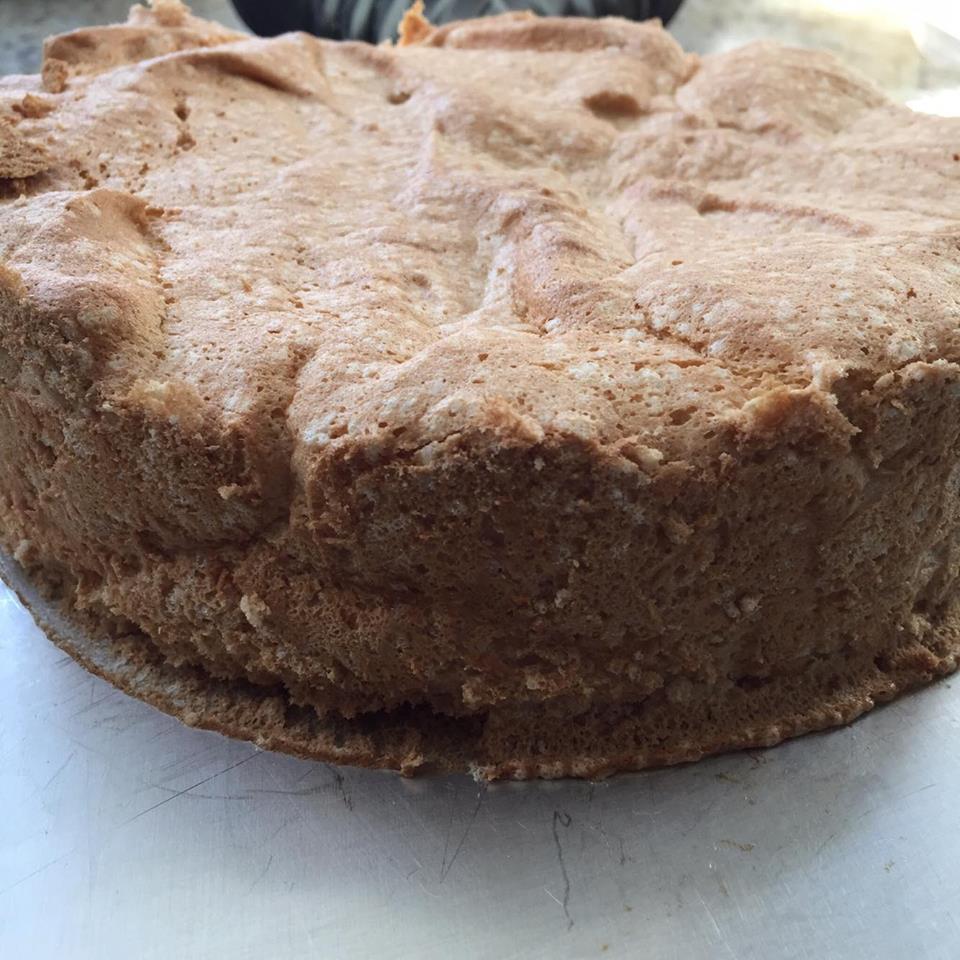
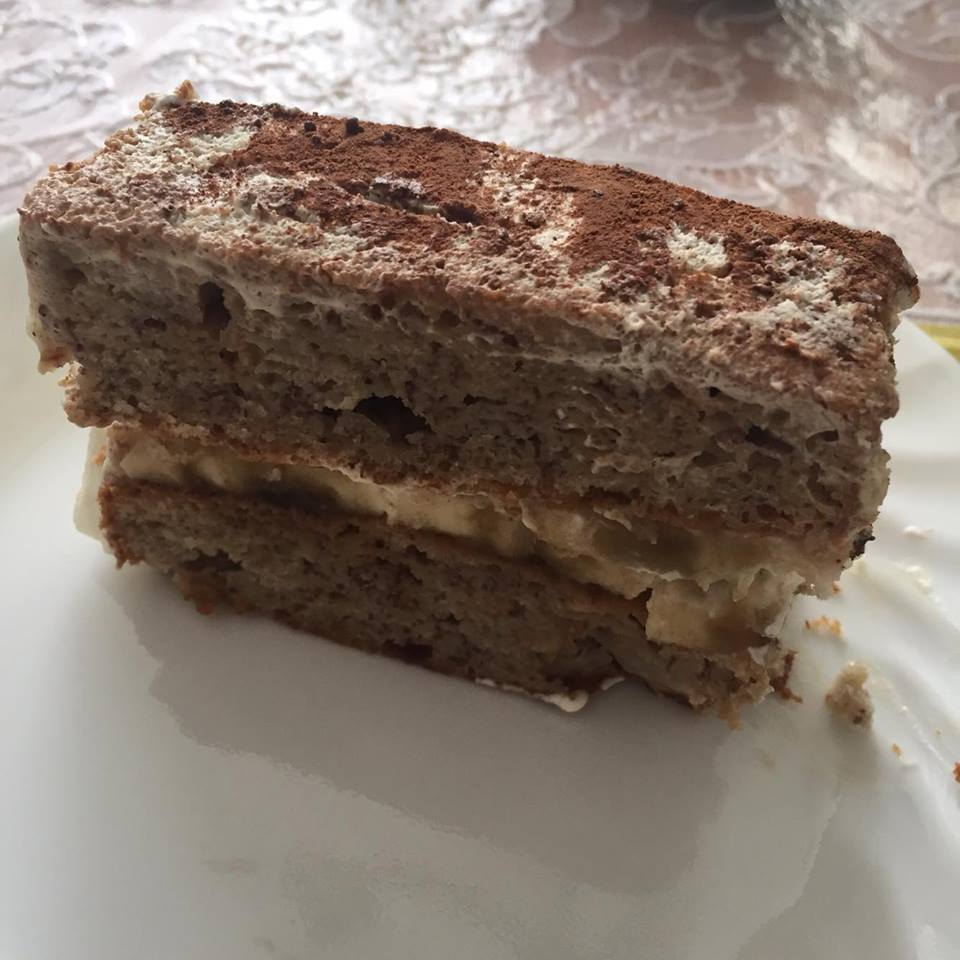
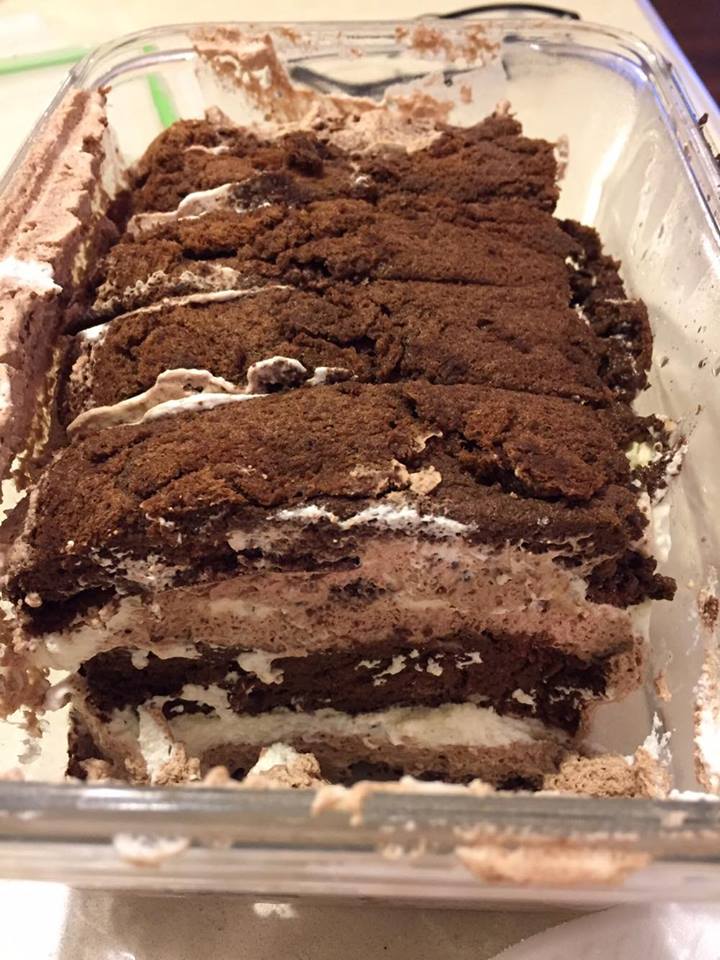
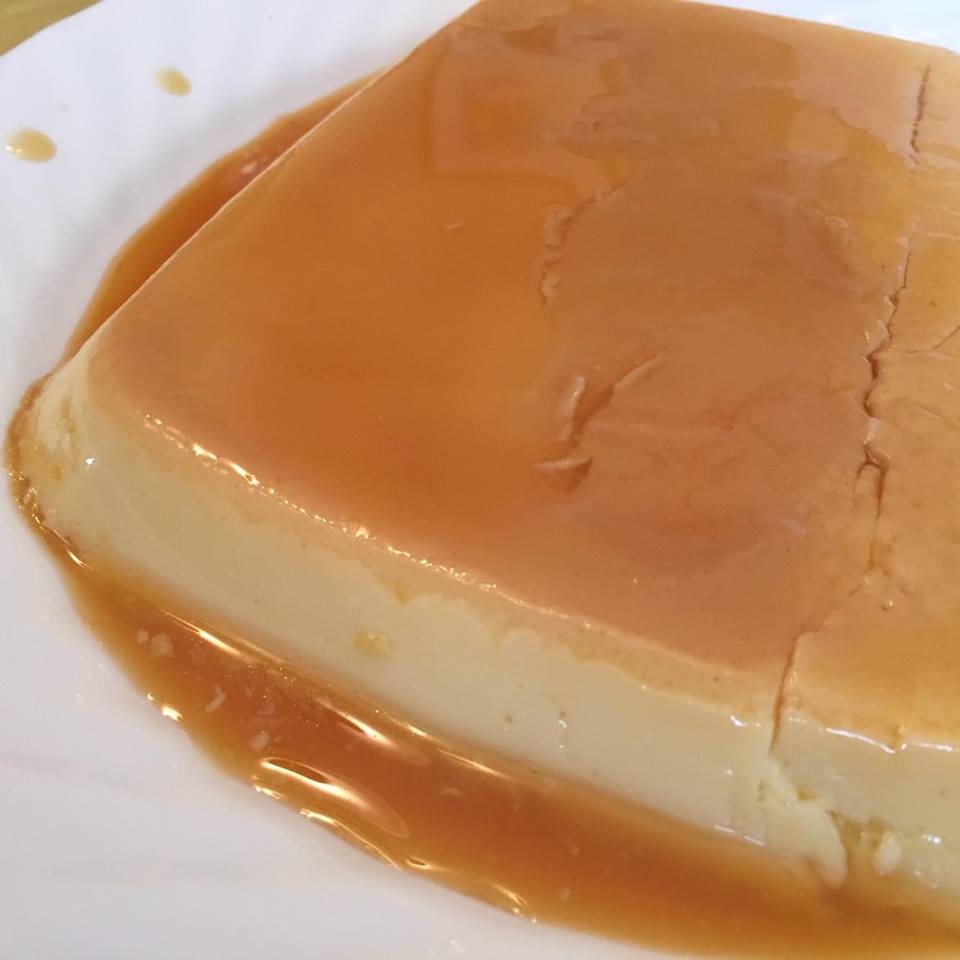
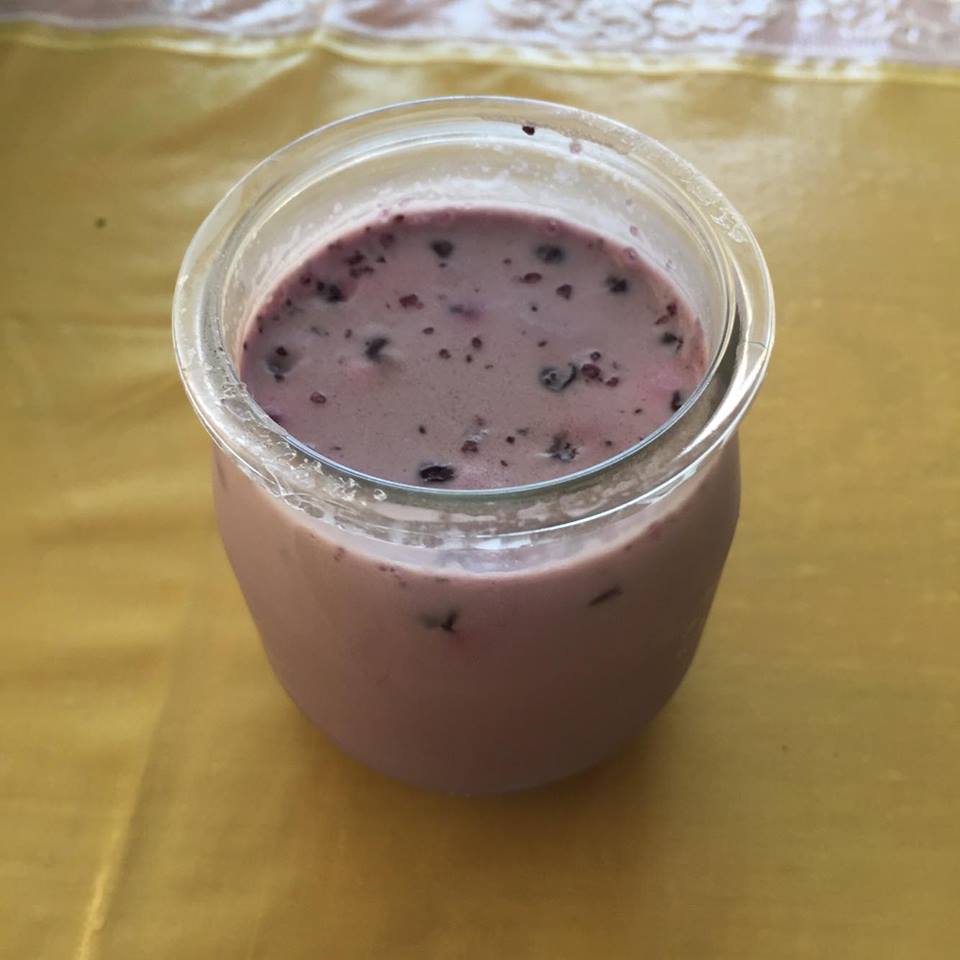
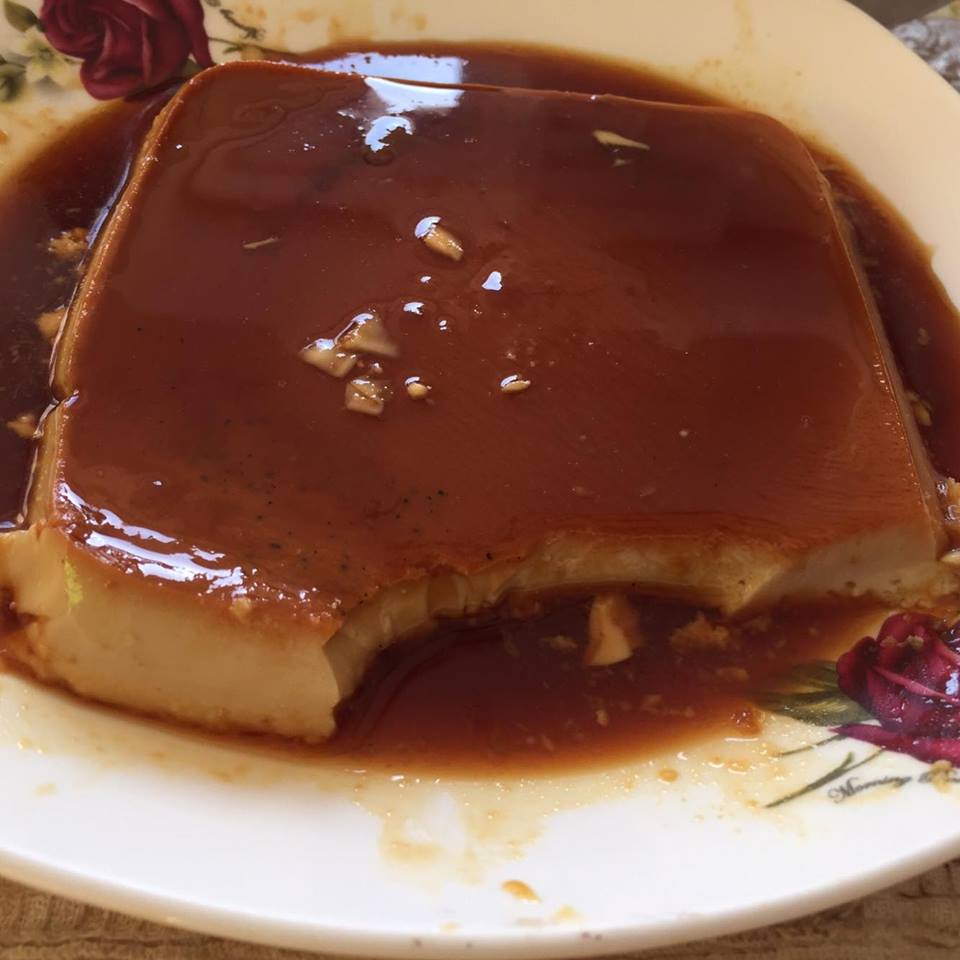
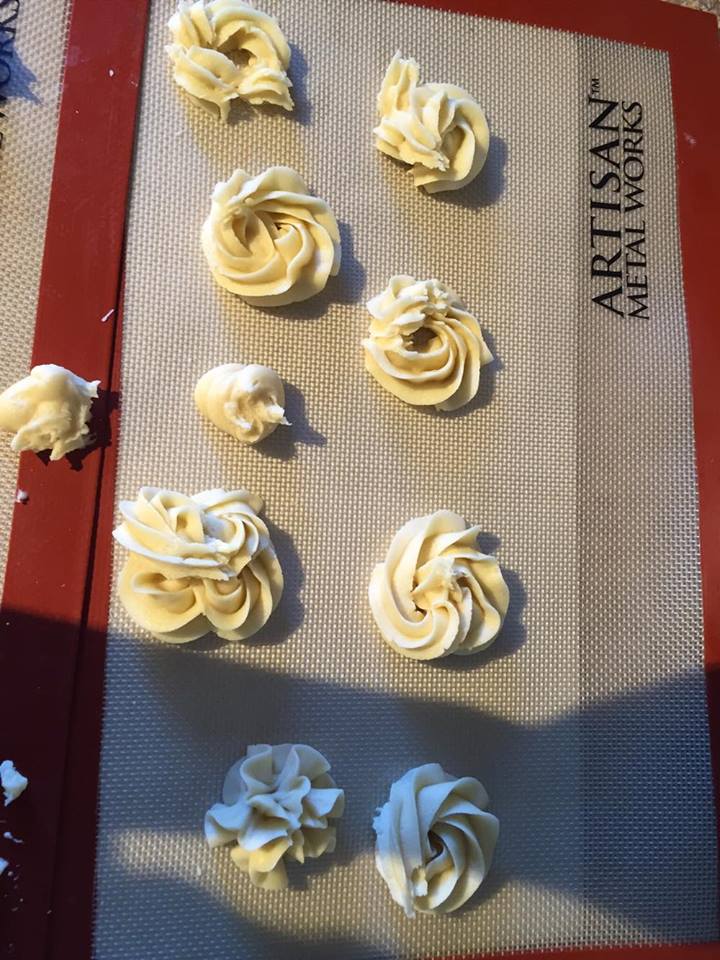
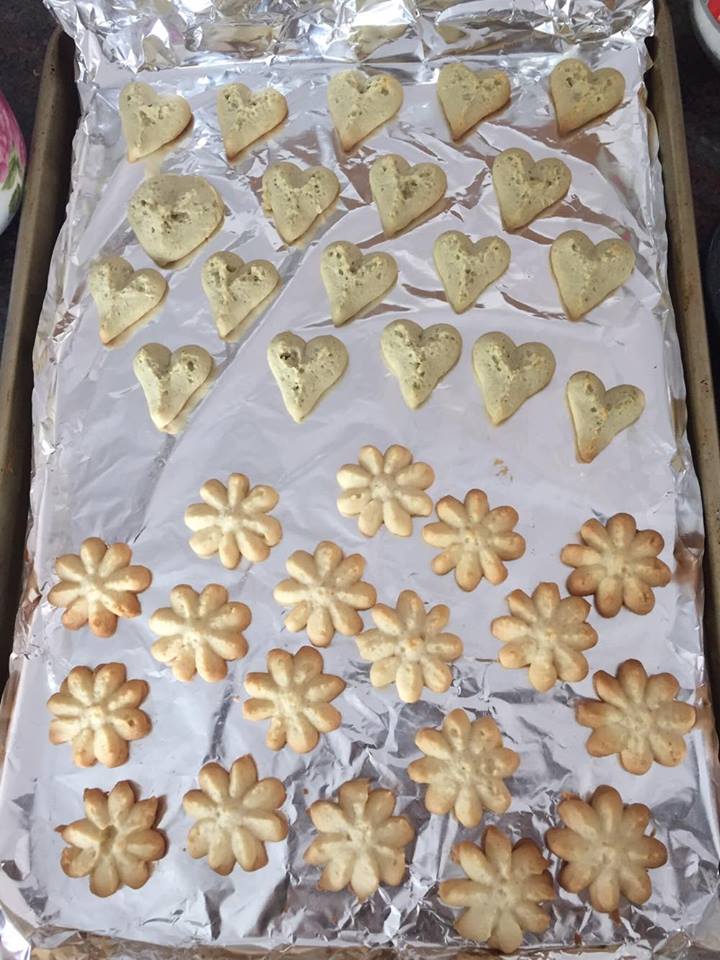
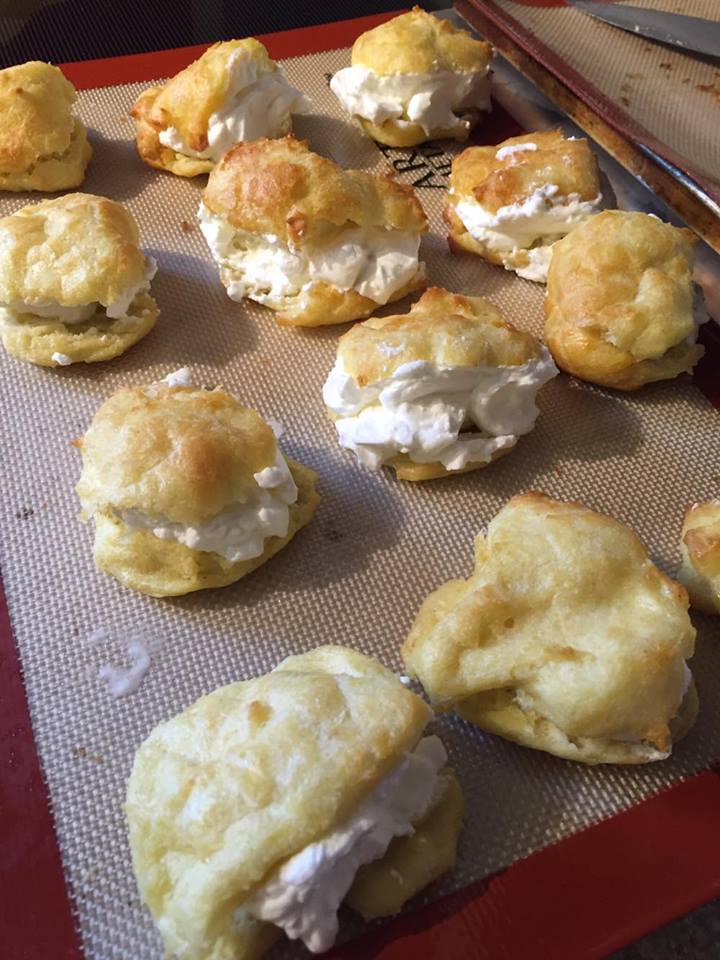
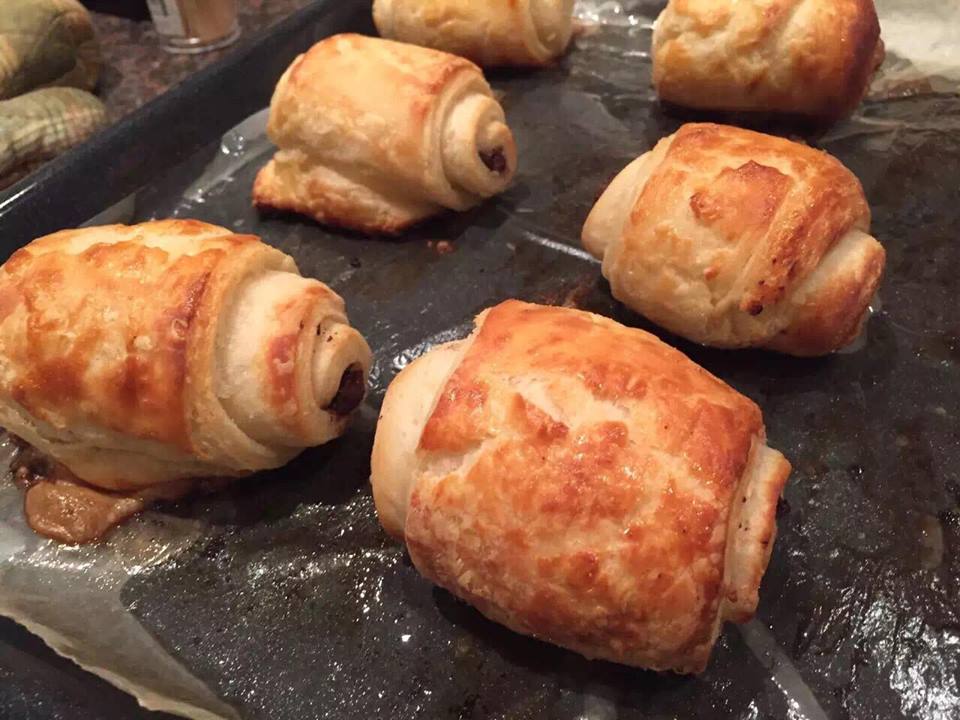
Email: xxu377@gmail.com Phone: 416-388-0036 Resume: Download my Resume as pdf. Github LinkedIn Blogger